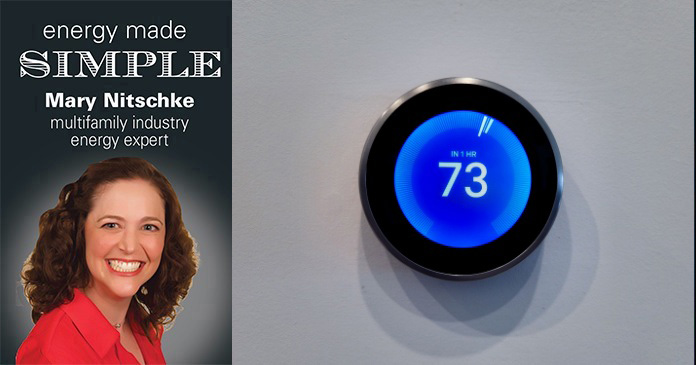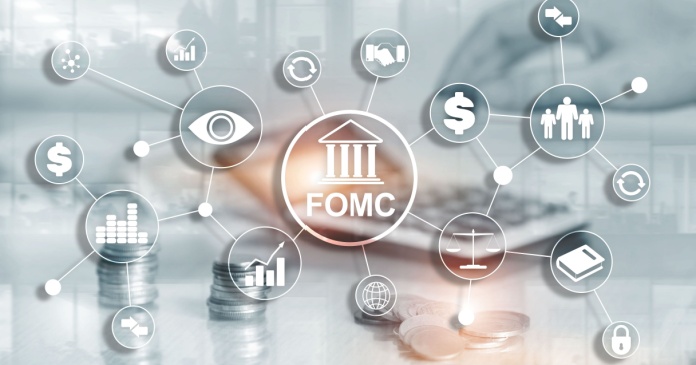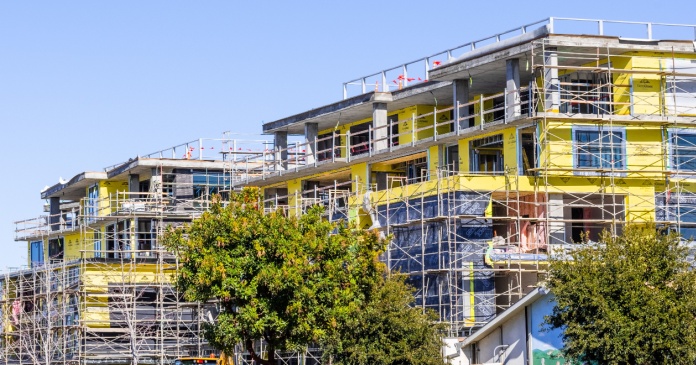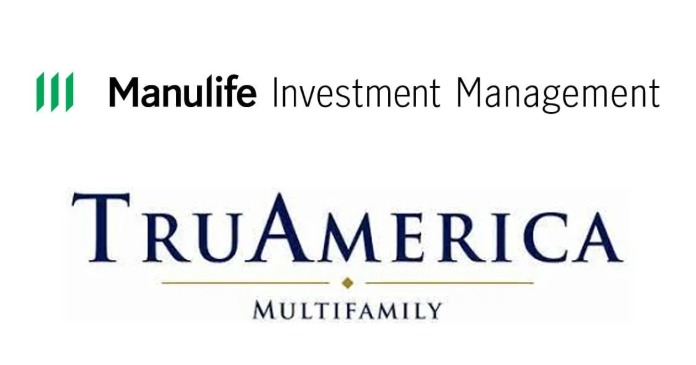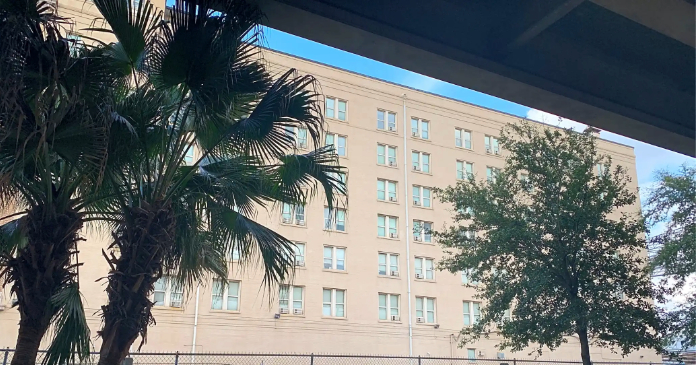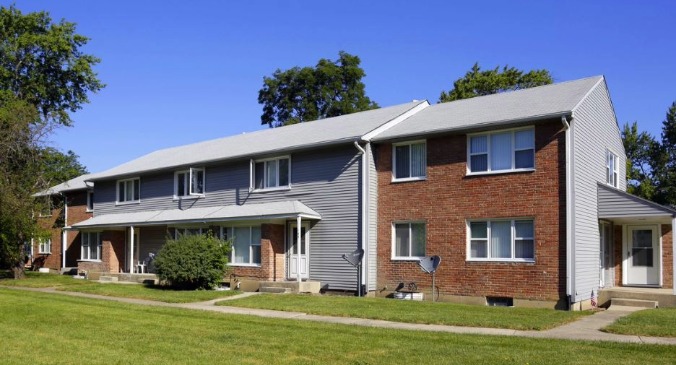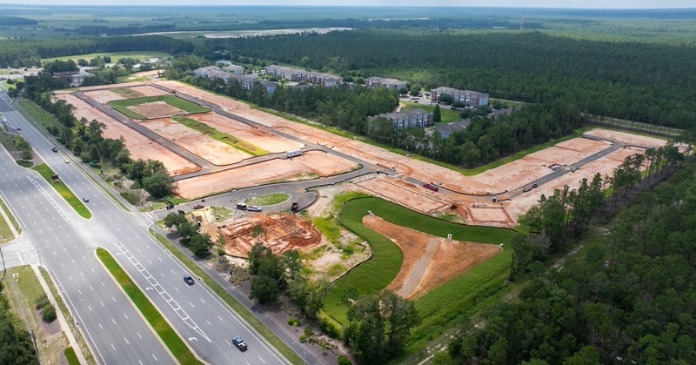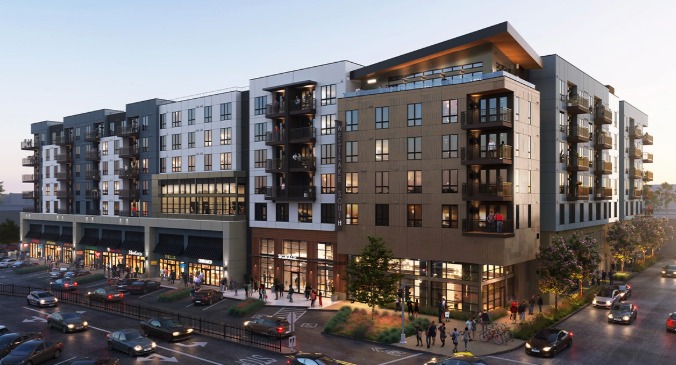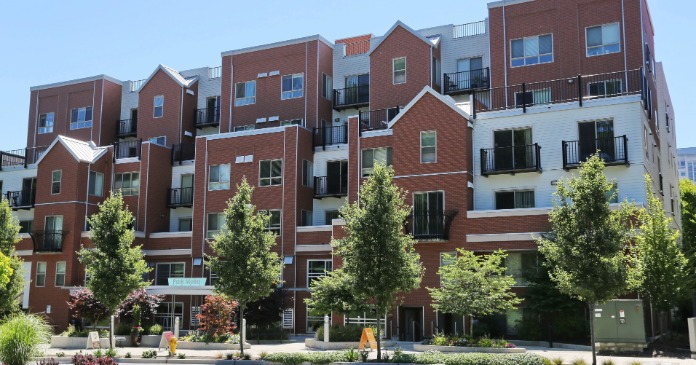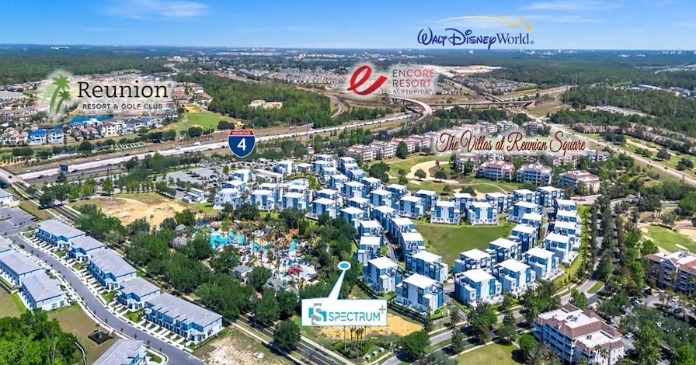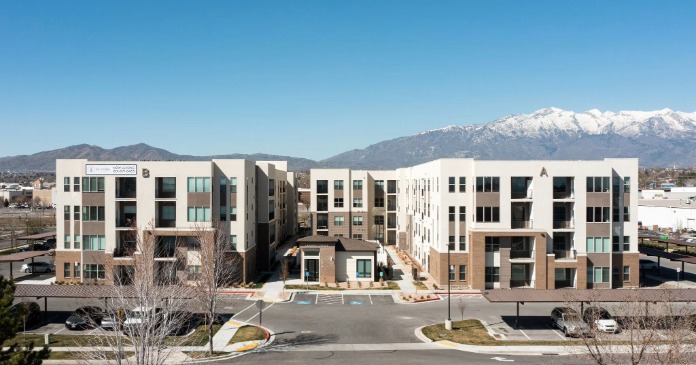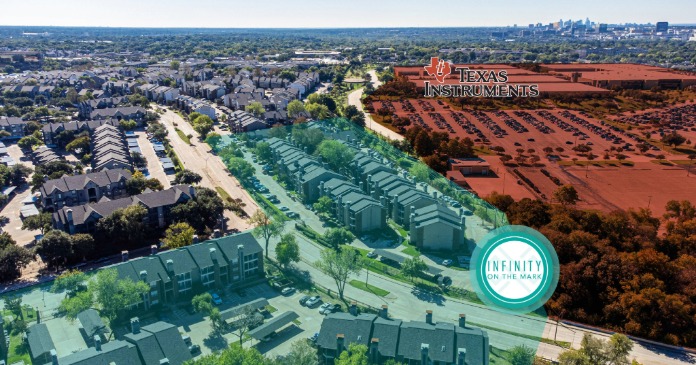Multifamily property owners are constantly seeking ways to increase net operating income (NOI), boost property valuations, and enhance resident satisfaction. This is particularly true at this moment where costs are rising faster than rents and unit turnover is low. While many focus on high-end amenities and amenity fees, a seemingly simple upgrade—the installation of smart thermostats—can deliver substantial and measurable economic value. Beyond just providing a modern convenience, smart thermostats offer a powerful tool for energy management, cost reduction, and improved resident experience, directly impacting the bottom line.
The economic value for property owners
Smart thermostats contribute to a healthier financial outlook for multifamily properties in several key ways. First is the direct impact on energy consumption and costs. These devices give property managers and owners granular control over heating and cooling, which is often the single largest utility expense. Features like remote monitoring, programmable scheduling, and “vacant unit” modes ensure that HVAC systems aren’t running unnecessarily in unoccupied apartments or common areas. This proactive management can lead to significant savings, with some reports showing a reduction in HVAC energy consumption by up to 23 percent. This isn’t just a minor benefit; it’s a direct improvement to the NOI, which is a critical factor in a property’s overall valuation. A higher NOI can lead to a 3-5 percent increase in property valuation and an impressive average return on investment (ROI) of 30 percent on smart home technology. What’s more, in many jurisdictions, the energy provider will offer rebates or even free thermostats for multifamily properties; you should check with your energy provider.
Beyond utility savings, smart thermostats also play a crucial role in preventive maintenance. Many models can monitor HVAC system performance and send alerts when a unit is working harder than usual, signaling a potential issue before a major breakdown occurs. This shift from reactive to proactive maintenance can save property owners thousands of dollars in emergency repairs and extend the lifespan of expensive equipment. Additionally, offering smart home technology, including thermostats, makes a property more attractive to potential renters. Properties with smart amenities can command higher rents and attract tenants who value convenience and energy efficiency, leading to stronger occupancy rates and reduced turnover.
Empowering residents to save
The financial benefits of smart thermostats aren’t limited to property owners; they also empower residents to take control of their own energy consumption and costs. Parks Associates, a leading market research firm, shared at their annual Smart Spaces conference in Dallas, Texas, that 47 percent of residents actively try to reduce their energy consumption. A key challenge, however, is that an additional 37 percent want to save but don’t know how to. Smart thermostats directly address this by providing intuitive tools and data to help residents achieve their goals.
With a smart thermostat, residents can easily set custom schedules, adjust the temperature remotely from their phone, and receive real-time energy usage reports. This gives them the visibility and control needed to make informed decisions about their energy use. For example, a resident can adjust the temperature of their apartment while they’re away on vacation or on their commute home from work. This ability to easily manage their environment not only helps them save on their utility bills but also enhances their overall living experience, leading to higher resident satisfaction and retention. This is a win-win: residents feel more in control and save money, while property managers benefit from a more satisfied and stable tenant base.
Adding smart thermostats also directly addresses a growing demand from today’s renters for a more sustainable lifestyle. Recent resident surveys shared at the National Apartment Association‘s (NAA) Apartmentalize conference highlighted that a significant 60+ percent of renters are looking for sustainability features to be integrated into the communities where they live. This is no longer a niche preference but a mainstream expectation, particularly among younger generations like Millennials and Gen Z who make up a large portion of the rental market. By installing smart thermostats, properties are not just providing a modern, tech-forward amenity; they are signaling a commitment to environmental responsibility. This simple upgrade “checks the box” for a key sustainability feature, aligning with the values of prospective and current residents and making the property more competitive and appealing in the market.


